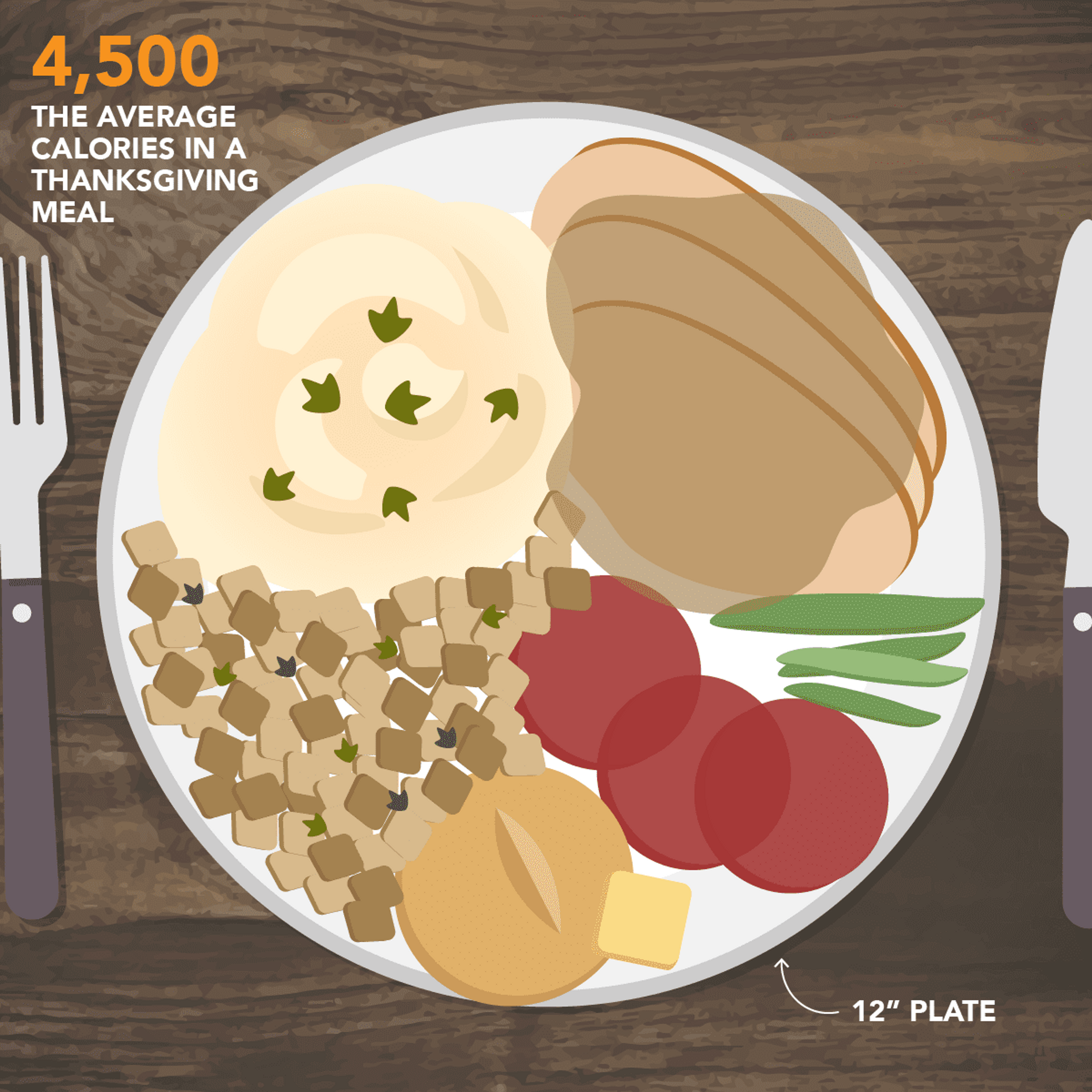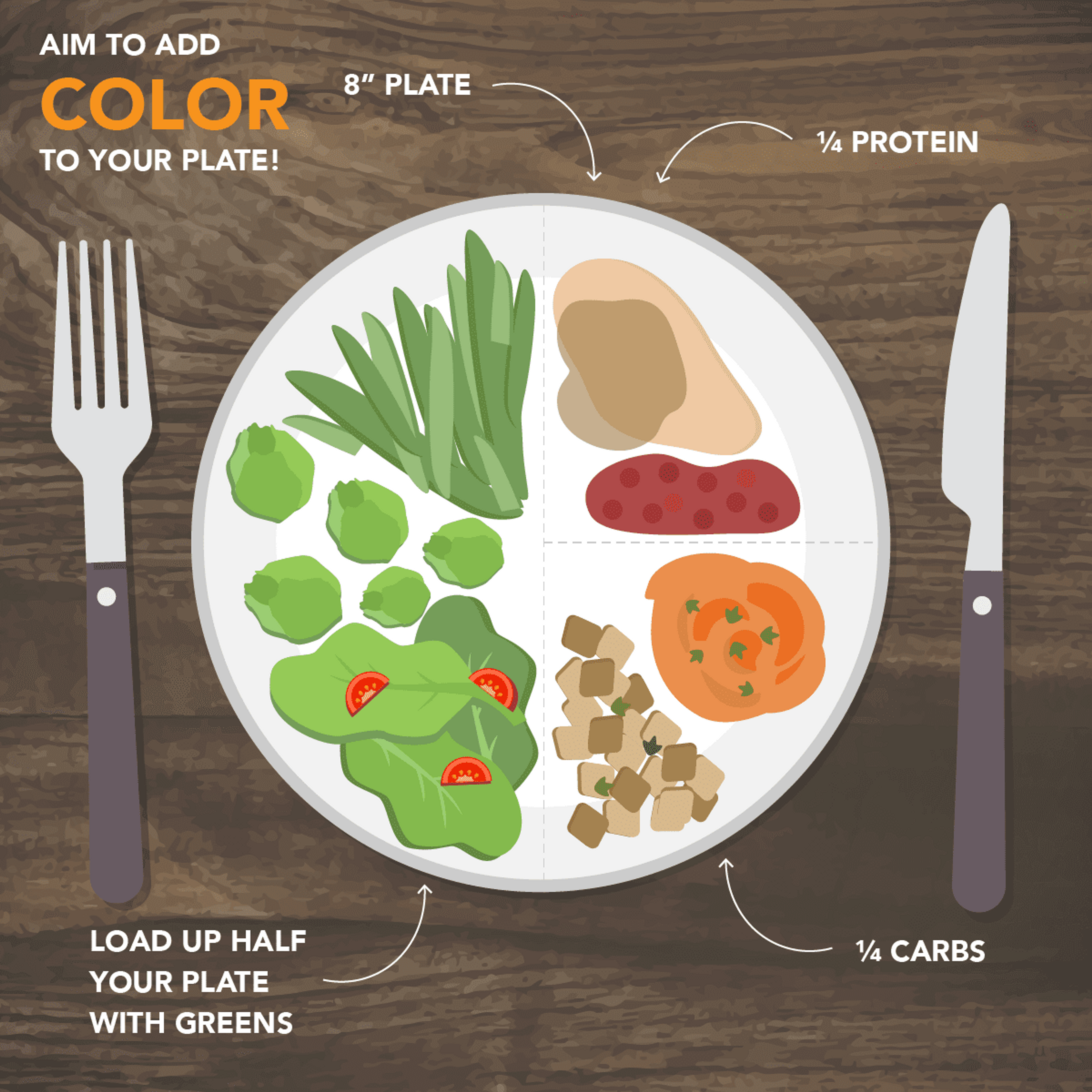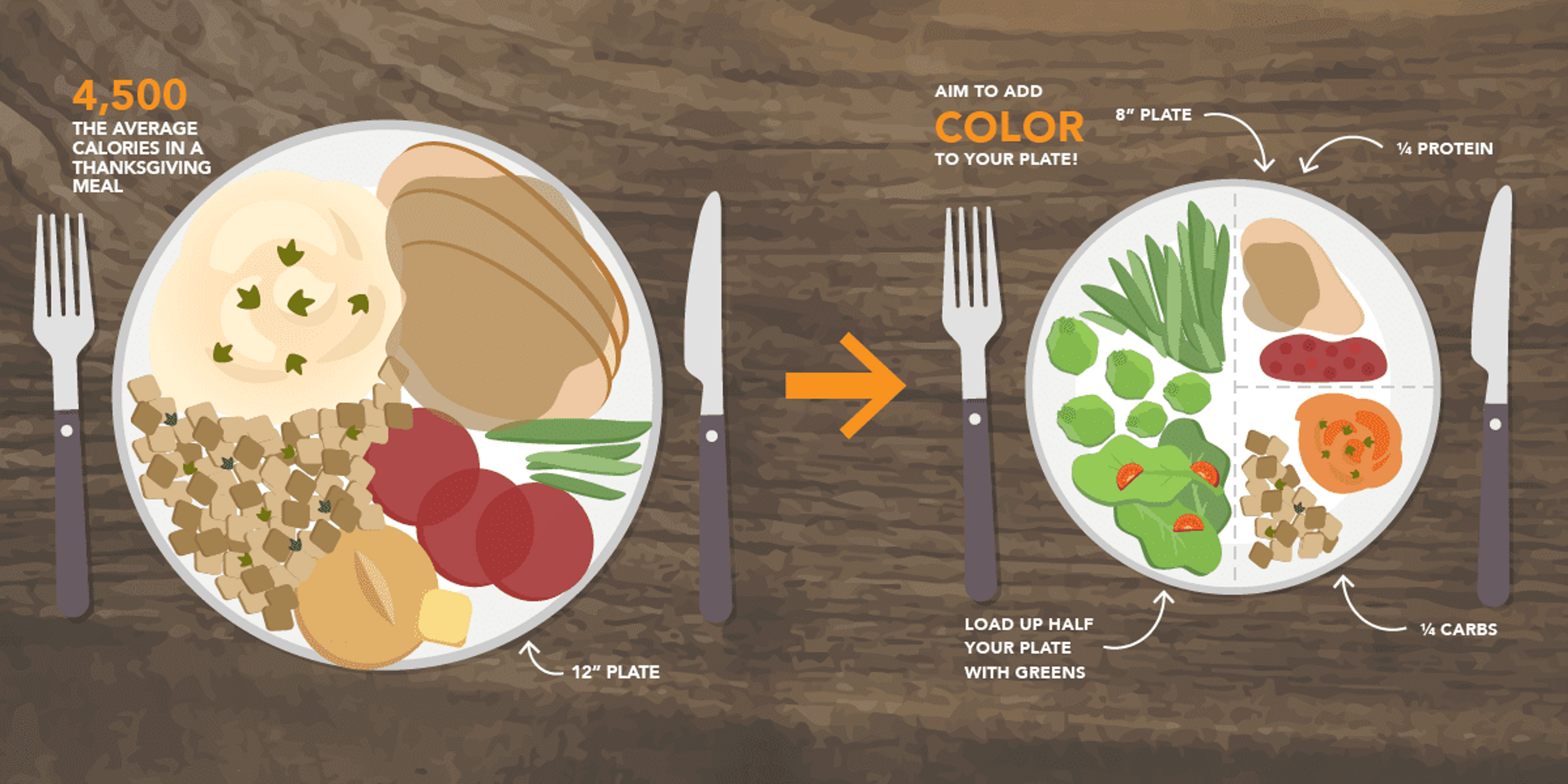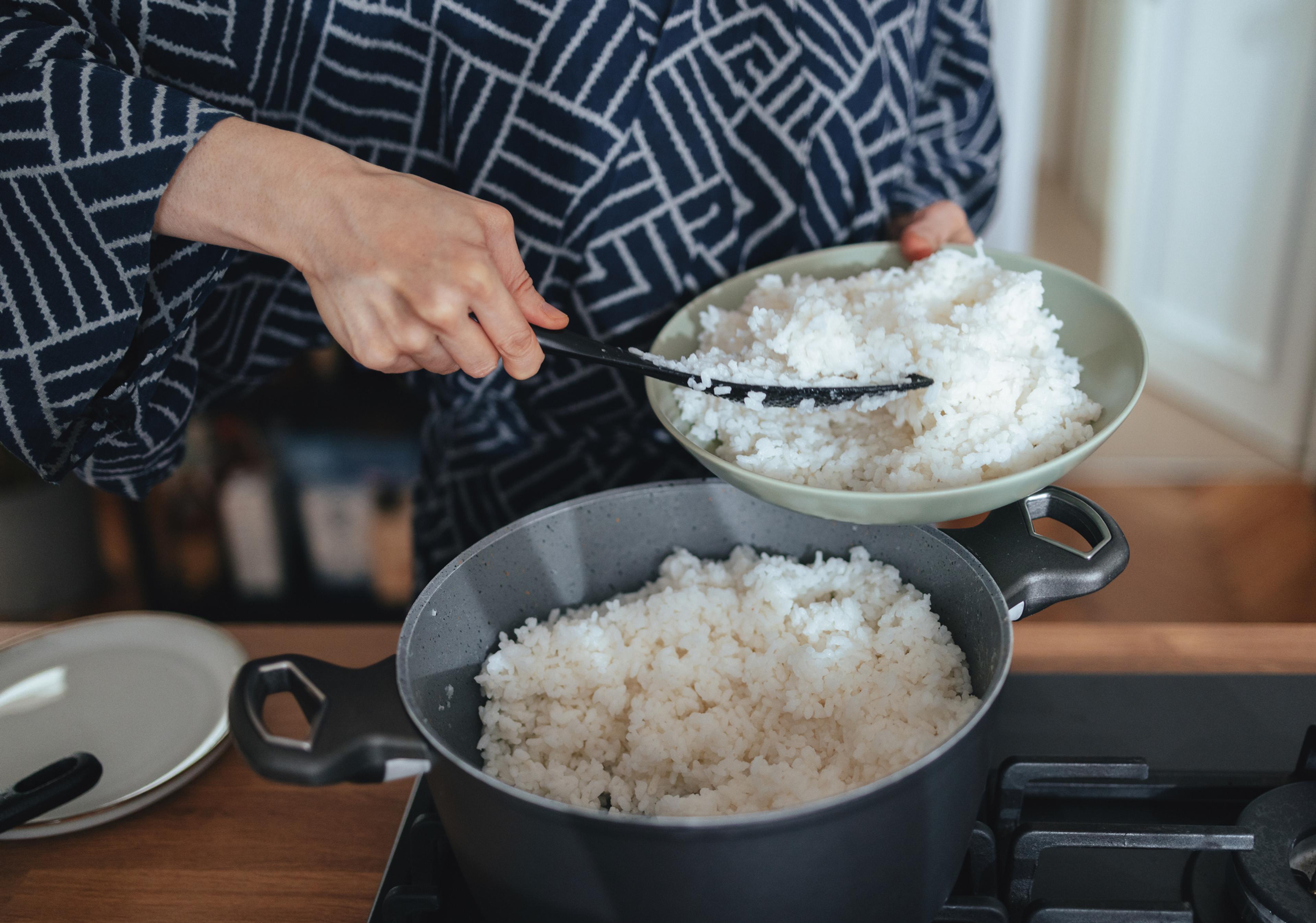Healthy Swaps for a Lighter and Enjoyable Holiday and Season
| 2 min read

On Thanksgiving, your normal food rules probably go out the window. You might start the day with a plan for how to tackle the endless indulgences around you, only to lose your way and eat yourself into a food coma. What can make it easier to enjoy your Thanksgiving feast in moderation? Knowing how to compose a balanced plate and staying flexible in your decision making (especially if you aren’t cooking the meal).
Use the below guide to do a little pre-Turkey Day homework. It will help you understand what your options are so you can do your best to make this holiday a little lighter and more enjoyable!
The Classic Thanksgiving Plate
A “classic” Thanksgiving plate is swimming in carbs, starchy vegetables and sugar that will inevitably lead to a post-meal crash. Potatoes, stuffing, cranberry sauce and bread might taste delicious, but they ultimately fail to provide much nutrition. Plus, they’re often packed with calories and saturated fat.

The Light and Colorful Thanksgiving Plate

Just a few healthy swaps can keep your plate full of Thanksgiving flavor and boosting its nutritional value. One step is to think of color: The more variety, the better. Instead of filling your plate with brown and tan foods (ahem, stuffing, mashed potatoes, turkey and gravy), pile on as many green and orange dishes as you can.
Load up on healthy greens like sautéed green beans, Brussels sprouts or salad, and then add in a helping of turkey, preferably without skin, and a small amount of gravy (a little goes a long way!). Finish out your plate with a small helping of sweet potatoes or cranberry sauce, and you’ve got a delicious, well-balanced combination to enjoy without setting yourself back.
And keep portion sizes in mind! Filling ½ your plate with greens/vegetables, ¼ with protein and ¼ with a seasonal starch is a smart and balanced way to make up your holiday meal. It’s also important to stay aware of the size of your plate: Try to use a plate that’s roughly 8 inches in diameter, which tends to be more in-line with a salad plate.
Bottom line? Balance is key. Taking some time to build a smart plate will lead to a more much more enjoyable – and healthier – holiday.

Photo credit: regan76





